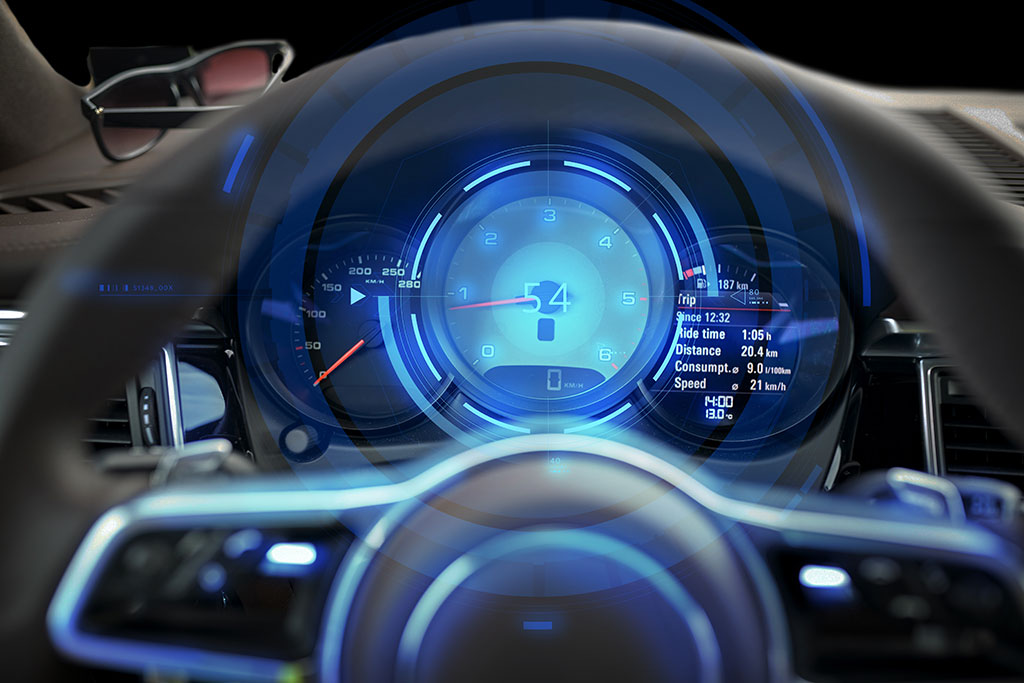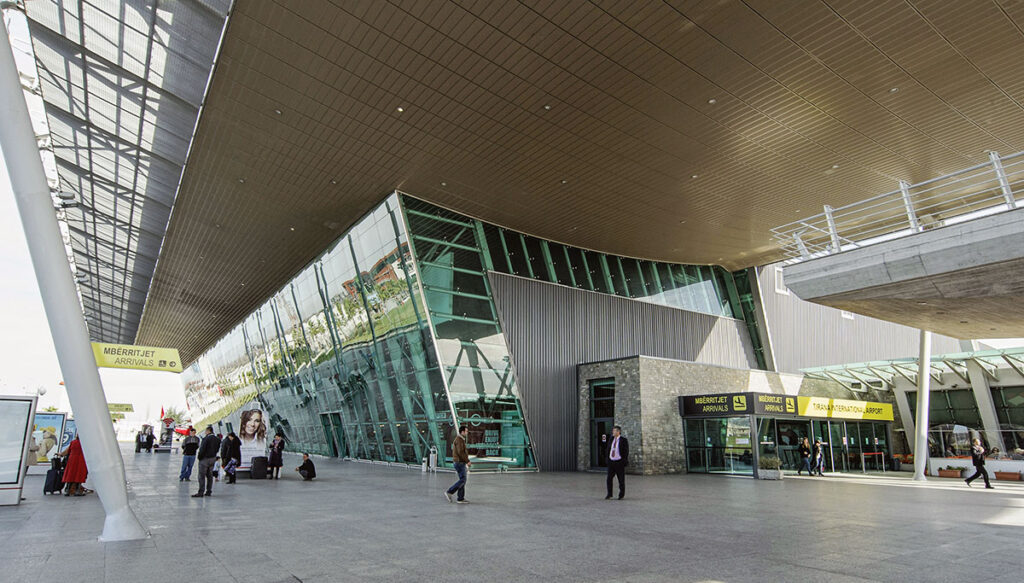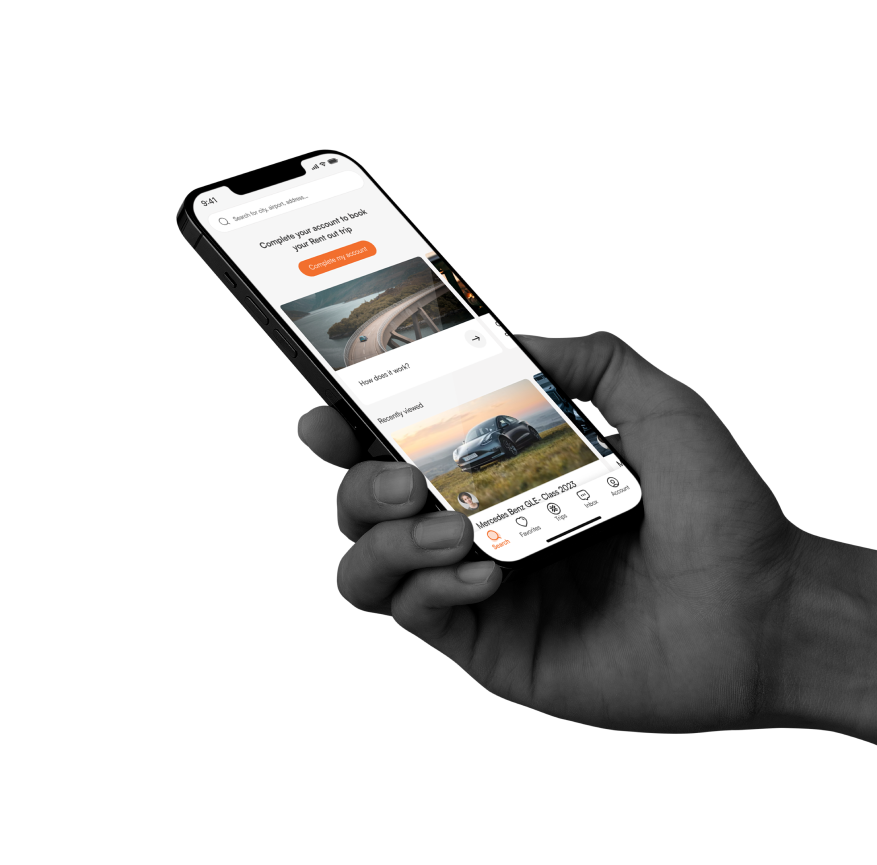What does the future of transport connectivity look like?
In an age dominated by technological interconnectivity, our daily lives are significantly influenced by advancements that extend beyond digital devices. One such arena witnessing profound change is transportation. This exploration delves into the evolving landscape of transport connectivity, uncovering innovations set to enhance and streamline our daily travel experiences.
Connected Vehicles
The evolution of transportation is undergoing a remarkable transformation, particularly with the rise of connected vehicles. The surge in the number of smart cars, equipped with features like phone integration, Bluetooth, and internet connectivity, has redefined the driving experience. Owners can remotely interact with their vehicles, from starting the engine to receiving real-time traffic updates. Looking ahead, the advent of 5G connectivity holds the promise of turning vehicles into fully integrated hubs. Vehicle-to-Vehicle (V2V) technology will enable seamless communication between cars, contributing to enhanced safety, improved fuel efficiency, and reduced emissions. These advancements extend their positive impact to public transport, optimizing operations, improving traffic flow, and promoting sustainable mobility.
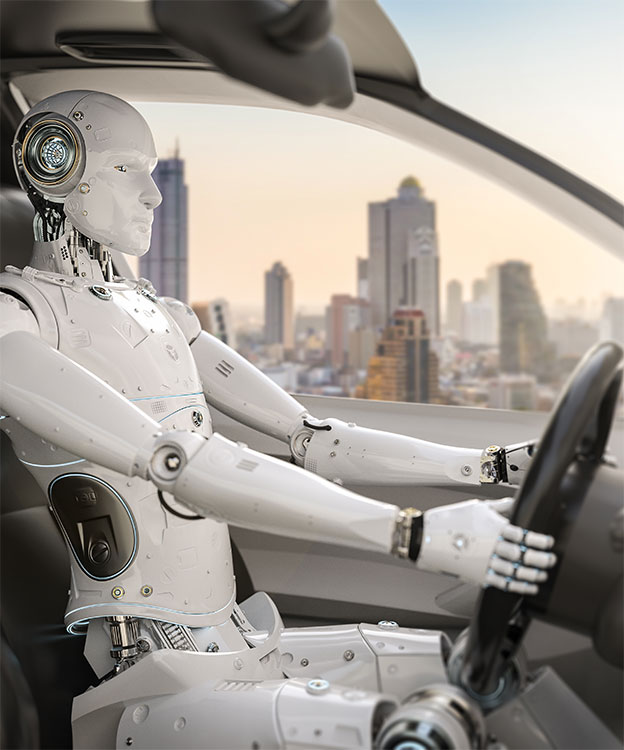
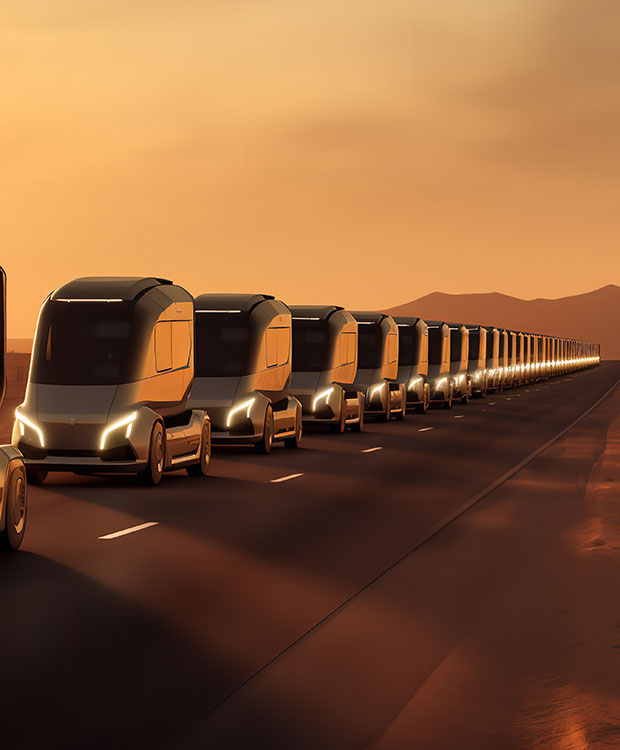
Real-Time Data Collection
Real-time data collection emerges as a pivotal force shaping the future of transport connectivity. Its ability to provide live information continually becomes a valuable asset in optimizing travel planning, reducing emissions, and achieving cost savings. This dynamic approach benefits the public sector, the transport industry, and individual travelers alike. Artificial intelligence (AI) and machine learning play a significant role, enabling adaptive traffic management systems. For instance, traffic signals can be adjusted based on real-time traffic data, contributing to efficient traffic flow. The integration of machine learning and real-time data collection extends to planning simulations, creating digital twins that substantially enhance traffic management systems.
Advanced Rail Connectivity
The evolution of transport connectivity extends to the realm of rail networks. By 2025, the European Train Control System (ETCS) level 2 is set to commence, introducing a smart signaling and train control component to enhance safety. Looking ahead to 2030, all trains are expected to feature Wi-Fi connectivity and fully developed trackside infrastructure, further elevating the efficiency and passenger experience of rail travel.
In the era of rapid technological advancement, transport connectivity emerges as a key driver of positive change. Fueled by real-time data, resilient transport infrastructure, and advanced management systems, the trajectory of transport connectivity is poised for a future marked by efficiency, sustainability, and enhanced user experiences. The journey ahead promises not only seamless movement between locations but also a profound shift towards a smarter and more connected era of transportation.
